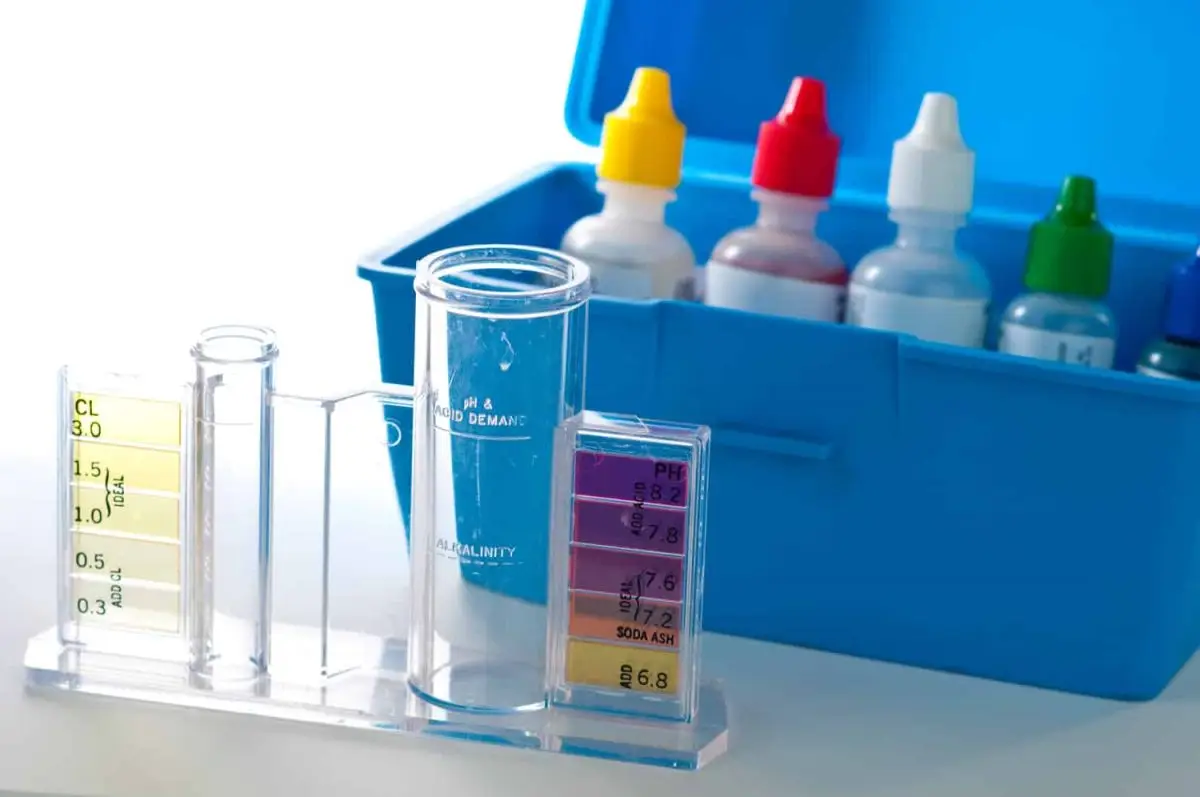Having your own custom pool allows you to enjoy time with your family and friends and helps you beat the heat during scorching Tucson summers. In order to get the most use out of your swimming pool, you need to perform proper maintenance. Although features such as an in-floor cleaning system can keep your water clean for longer, adding pool chemicals is important to kill bacteria and keep your pool safe for swimming. Pool shock is a strong chemical that you will need to add to your pool every so often.
Some tips for how and when to use pool shock:
What Pool Shock Is and How It Works
Pool shock is a powerful granular form of chlorine that is stronger than the chlorine tabs you normally use in your pool. There are a few different chemical compounds that you can use. Calcium hypochlorite (cal hypo) is the most economical option. Sodium dichlor costs slightly more but does not create calcium build-up. In some cases, you may want to use non-chlorine shock, such as potassium monopersulfate.
There are two types of chlorine in your pool. The first is free chlorine, which has not reacted with bacteria. The second is combined chlorine or chloramines. This builds up as free chlorine reacts with bacteria. This creates an unpleasant chemical smell. Too many chloramines can also result in unsanitary water. Pool shock works by adding a high concentration of chlorine, which breaks the bonds in chloramines. Non-chlorine shock also breaks chloramine bonds but does this using oxygen instead of chlorine.
Why Do You Need To Use Pool Shock?
A pool is an easy place for bacteria to grow and accumulate. While you may think grabbing the pool net and scooping up leaves and debris from your pool is enough to keep it sanitary, the truth is that is only part of the cleaning process. Bacteria that you cannot see can do more damage to your water and if left unchecked, can lead to algae growths that will make it impossible to enjoy your pool. Shocking your pool regularly is a lot easier than you may think and it is essential to keep your pool pristine.
How To Shock Your Pool
In most cases, you should shock when the sun has set. The sun’s harsh ultraviolet (UV) rays can cause the chlorine in pool shock to dissolve. This makes the process less effective.
Before beginning the shocking process, make sure you are wearing the necessary protective gear. Pool shock contains strong chemicals and can damage your skin and eyes if you are not careful. Gloves, eyewear, and clothing that covers your skin are all essential.
Next, you will want to check your pool’s pH level to determine the appropriate amount of pool shock to add. For most types of shock, you will need to dilute it before adding it to your pool. This is done by mixing the powder with water.
To ensure you evenly distribute the shock, follow and pour along the edges of your pool. Once this is complete, you should not swim until your pool filter has completely cycled the water. This usually takes 2-4 hours. Before you swim, you should test the chlorine level. If it is under 5 parts per million (ppm) it is safe to swim.
When to Shock Your Pool
You should create a schedule to shock your pool regularly. This depends on how often you use your pool and how many people typically swim. As a general rule, shocking every week or every other week at a minimum is a good goal. In addition to this schedule, you should consider shocking your swimming pool after pool parties, big storms, or if you notice algae.
Get The Most Out of Your Pool By Using Pool Shock
Having a pool is a luxury in the Arizona heat. In order to enjoy swimming as much as possible, it is important to stay on top of maintenance. At Pools by Design, we install innovative features such as an A&A in-floor cleaning system. When we build your new pool we will make sure to give you all the information you need about upkeep.
Turn your backyard into a vacation destination with Pools by Design. Call us today to schedule a free consultation.


